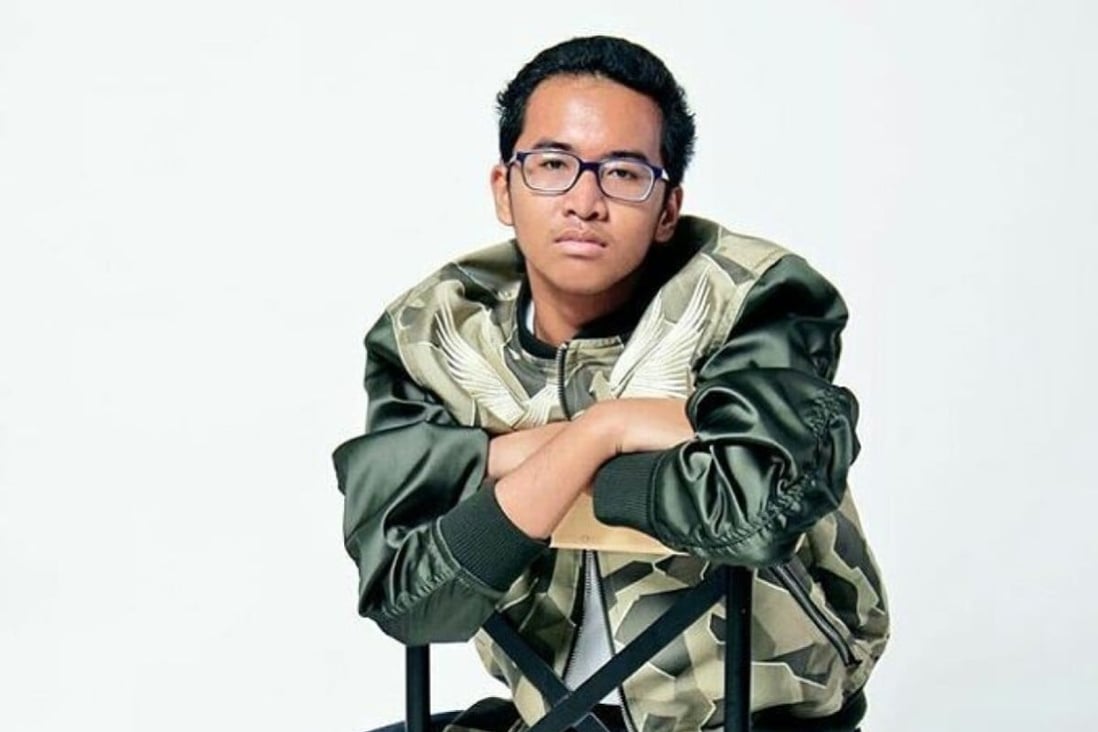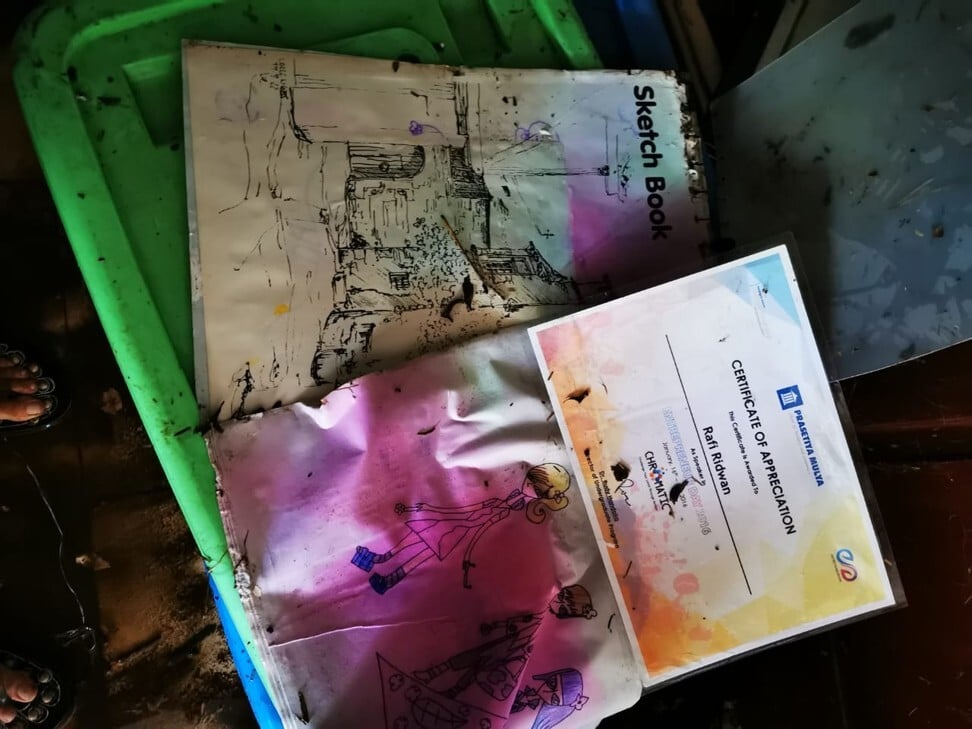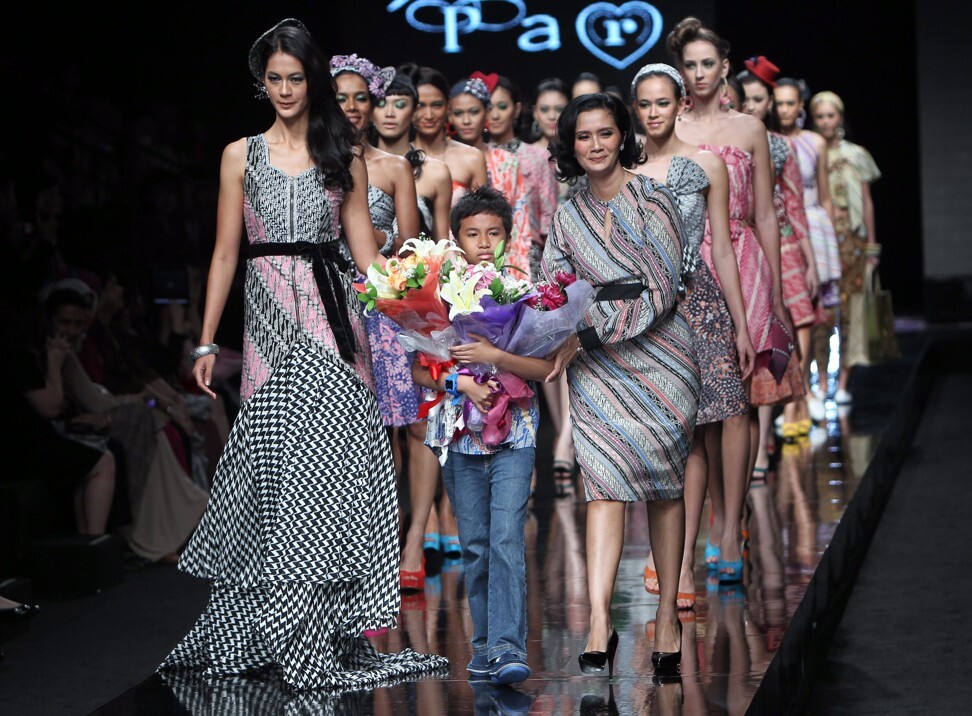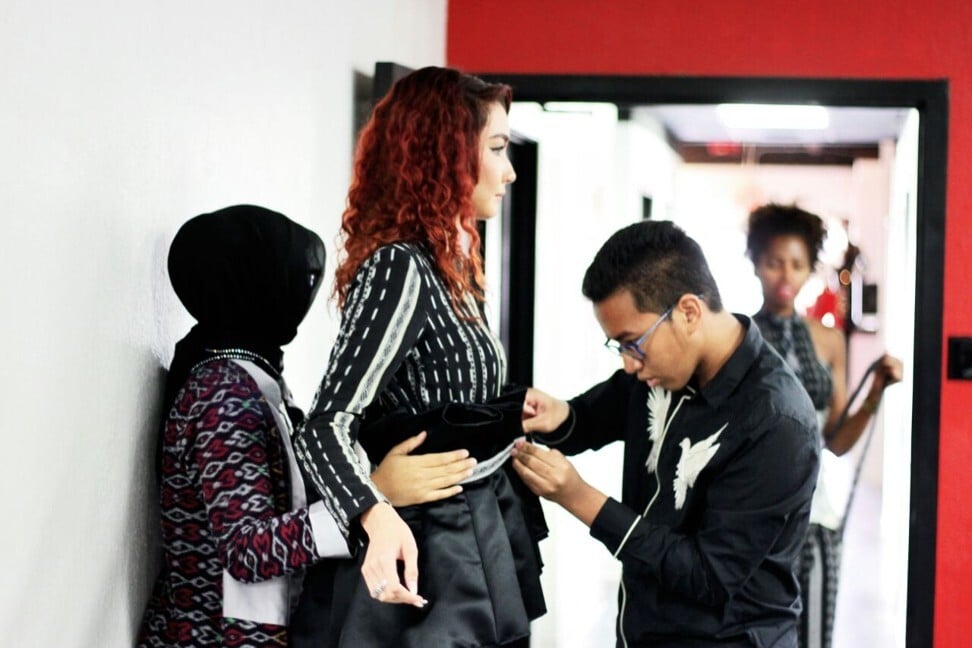(Created as an assignment for The Urban Writers)
The year is 2031. A decade ago, we would never expect that human beings could reach this place, 173284 Eros, an exoplanet orbiting a double-star system in the M51 Whirlpool galaxy. Well, no one was ever expected to end up like this, leaving the Earth after 75 percent of its population was swept away by the plague. I became one of 32 astronauts sent on a mission to find a new Earth after 21 countries that survived the plague agreed to spend all of their military budgets on this mission. There’s no use to weaponized the military anyway, as there is no reason left to fight against each other. It’s our mission now.
The last memory I had was closing the hatch of the cryo-chamber after setting the spaceship on autopilot mode and expected to land on 173284 Eros in three years. The cryo-chamber was opened as I opened my eyes, and I was surrounded by six oddly-looking creatures. They look like a human, but with a large head and green fur covering their body. They seem like a hybrid of humans and The Grinch.
“Who are you?”
I startled. They spoke our language!
“Who are you?” I asked them back.
“Are you from Earth?”
“Yes.”
They helped me out of the chamber without answering my question.
“Who are you?” I asked again.
Still no answer.
I stood up carefully. The instruction says my feet will feel trembling after years of staying inside the cryo-chamber. To my surprise, I didn’t feel it at all. I stood up straight right after I came out of the chamber. It felt peculiar.
“Please follow me,” said one of them.
I slowly walked out of the spaceship and felt the soft grass touching my feet. Outside, I saw the most beautiful scenery I have ever seen, not even on Earth. There were two suns on top of my head, but they were not as bright as our sun. I am standing on a field, a beautifully landscaped field sprawl with lush vegetation.
Suddenly, I felt something soft brushing my right leg. I looked down and, to my surprise, I saw a pair of dodo birds walk past by. Yes, dodo birds. The bird went extinct in 1662.
“Look to your right,” one of the green creatures said.
I looked to my right, and, lo and behold, three northern white rhinos were eating the grass under the tree. On the tree branch, eight Spix macaws were chirping and enjoying the nice weather. Both of these species were declared extinct decades ago.
“We saved them.”
The green man pointed his finger to the tree. Two Spix macaws flew and landed on his hand.
“They were never extinct. We saved them.”
“What do you mean you saved them?”
“If you think your mission was started two days ago, you were wrong. They secretly started it in 2022. We were the first ones to be sent on that mission. We landed on this planet, found a source of water, then built an environment.”
“So you were here since 2022?”
“Yes. Six of us have been here since 2022.”
“But these animals were extinct way before that.”
“Once we built an environment, we went back to Earth and traveled back in time to save them.”
“Why did you do that?”
“Because they deserve it. They need to leave the planet filled with greedy people and live freely here.”
“Wait, so you are a human being?”
“Yes.”
“But what happened to your body? Also, what do you mean my mission was started two days ago? I was set to land here in three years.”
He smiled.
“They also told us that we will reach this place in three years. They don’t know that there’s a pinhole portal at the exosphere that will launch every object directly to this galaxy within seconds. It was so small, no one knew it existed but us, the only human beings that survived through it. Although...”
He paused.
“...it will change us forever.”
He sighed. His eyes are gazing towards the fields.
“It will mutate our DNA, transforming our body into a green alien with thick fur covering our body.”
“Why do the animals still look the same?”
“That… we still have to find the answer. We’ve been through years of research, but nothing has come up. At least, they are safe now. Save from the cruel human and their greediness. Thanks to that pinhole in the exosphere, we could travel back in time and save them.”
We walked further into the fields. An Araucarioxylon arizonicum tree stood tall on my left side as if it never left the Earth since millions of years ago. The tree towered as high as 60 meters and measured more than 60 centimeters. A group of Passenger Pigeons perched on its branches. Mass deforestation in North America took away their habitat. Millions of them died after their meat was commercialized as a portion of cheap food for the poor. In the early 20th century, they were officially extinct.
“One more thing.”
He looked at me and sighed. His eyes are staring deep into my soul.
“Whoever entered the pinhole will live forever.”
“That includes me?”
“Yes.”
“You are safe with us here. You are part of us now.”
“B-but… if you were mutated after you passed through the pinhole, why didn’t it happen to me? Nothing changed in me.”
He smiled and said, “It will happen slowly in a few days. Now, come with me. We have prepared a dinner for you.”
He grabbed my shoulder, then led me to a big hut on the side of the field.
***
Inside the hut, five green creatures gathered around a cauldron. Saliva drips down from their mouth. They haven’t tasted human flesh in a year. On the wall, there was an astronaut helmet. Inside it, a human skull belongs to an astronaut that landed last year.
I guess I will never leave.




